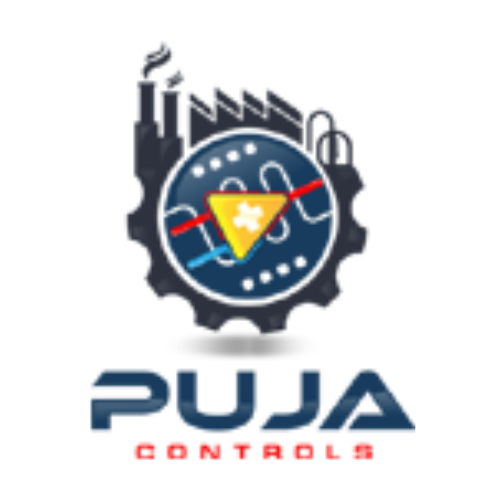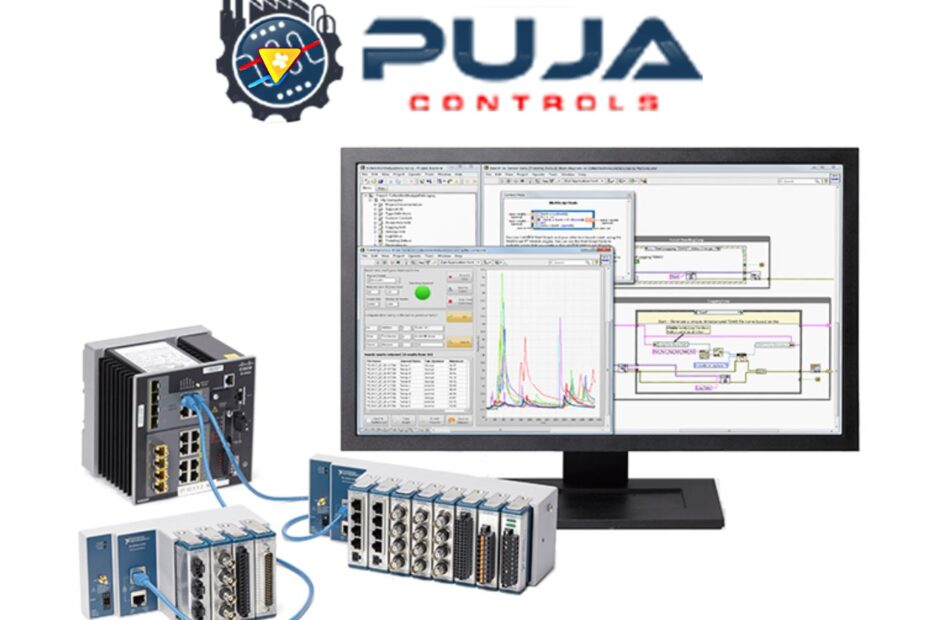Implementing LabVIEW Data Acquisition System can revolutionize the manufacturing process, offering unprecedented levels of efficiency, accuracy, and control. In this article, we will explore the myriad benefits of utilizing LabVIEW in manufacturing, from streamlining production processes to real-time monitoring and integration with existing systems. Through case studies and best practices, we will illustrate how LabVIEW can significantly enhance operational performance and pave the way for future innovations in the manufacturing industry.
1. Introduction to LabVIEW Data Acquisition System
Understanding the Basics of LabVIEW Data Acquistion System
LabVIEW is like the Swiss Army knife of data acquisition systems—it’s a software platform that helps you gather and analyze data from sensors and instruments. It’s basically the conductor of the data orchestra, making sure everything plays in harmony.
Overview of Data Acquisition Systems in Manufacturing
In manufacturing, data is the new oil—you need it to keep things running smoothly. Data acquisition systems in manufacturing help collect real-time data from equipment and processes, giving you insights to optimize performance and make informed decisions.
2. Benefits of Implementing LabVIEW in Manufacturing
Enhanced Data Accuracy and Precision
LabVIEW is like the data whisperer—it ensures that the data you collect is accurate and precise, helping you make decisions with confidence
Increased Efficiency and Productivity
With LabVIEW data acquisition system on your team, you can streamline processes, automate tasks, and boost productivity like a boss. It’s like having a productivity superhero in your corner, helping you get more done in less time.
3. Streamlining Production Processes with LabVIEW
Automated Data Collection and Analysis
LabVIEW takes the grunt work out of data collection and analysis—it automates the process so you can focus on the big picture. It’s like having a data-savvy assistant who never takes a coffee break.
Optimizing Workflow and Resource Allocation
LabVIEW helps you optimize workflows and allocate resources like a pro. It’s like having a GPS for your manufacturing process, guiding you to the most efficient route and avoiding traffic jams along the way.
4. Real-time Monitoring and Control Features
Implementing Real-time Data Visualization
With LabVIEW, you can visualize data in real-time, making it easy to spot trends and anomalies before they become bigger issues. It’s like having x-ray vision for your manufacturing process, seeing things others can’t.
Remote Monitoring Capabilities
LabVIEW gives you the power to monitor your processes remotely, so you can keep an eye on things even when you’re not on the factory floor. It’s like having a surveillance camera for your manufacturing process, giving you peace of mind wherever you are.
5. Integration of LabVIEW Data Acquisition System with Existing Manufacturing Systems
Compatibility with Various Systems and Devices
LabVIEW is a versatile tool that plays well with others. It can seamlessly integrate with a wide range of existing manufacturing systems and devices. Thus making it a flexible solution for enhancing your process without causing chaos in your current setup.
Smooth Integration Strategies
When integrating LabVIEW into your manufacturing system, it’s crucial to have a well-thought-out plan. Smooth integration strategies involve understanding your current infrastructure, identifying key points of connection, and implementing LabVIEW in a way that enhances efficiency without disrupting operations.
6. Case Studies: Successful Implementation of LabVIEW in Manufacturing
Case Study 1: Automotive Industry Application
In the automotive industry, LabVIEW has been successfully implemented to streamline production processes, improve quality control, and enhance overall efficiency. Thus by utilizing LabVIEW for data acquisition and analysis, automotive manufacturers have been able to detect and address issues in real-time, leading to significant cost savings and improved output.
Case Study 2: Pharmaceutical Manufacturing Process
Pharmaceutical companies have also benefited from incorporating LabVIEW into their manufacturing processes. By leveraging LabVIEW’s data acquisition capabilities, pharmaceutical manufacturers can ensure compliance with stringent regulations, monitor production parameters, and optimize processes for maximum efficiency and product quality.
7. Best Practices for Utilizing LabVIEW Data Acquisition System
Training and Skill Development for Staff
To fully leverage the power of LabVIEW data acquisition system, providing adequate training and skill development opportunities for your staff is essential. Investing in training programs ensures that your team can effectively utilize LabVIEW to its full potential, maximizing the benefits for your manufacturing process.
Regular Maintenance and Updates
Just like any other system, LabVIEW data acquisition system require regular maintenance and updates to ensure optimal performance. By staying up to date with software upgrades and performing routine maintenance checks, you can prevent potential issues. Also, maintain system reliability, and keep your manufacturing process running smoothly.
8. Future Trends and Innovations in LabVIEW Technology
Advancements in IoT Integration
As the Internet of Things (IoT) continues to revolutionize the manufacturing industry, LabVIEW is evolving to seamlessly integrate with IoT devices and systems. The future of LabVIEW technology lies in its ability to harness the power of IoT. It can enable real-time monitoring, data analysis, and decision-making for enhanced manufacturing efficiency.
Machine Learning & Predictive Analytics in Manufacturing
With the rise of predictive analytics and machine learning technologies, LabVIEW is poised to become even more powerful in optimizing manufacturing processes. LabVIEW can help manufacturers identify patterns, predict outcomes, and make data-driven decisions in the manufacturing sector. In conclusion, LabVIEW Data Acquisition Systems have proven to be a game-changer in the manufacturing landscape, enabling companies to achieve greater productivity, quality, and flexibility. By embracing the power of LabVIEW technology and implementing best practices, manufacturers can drive continuous improvement in their operations. The future of manufacturing is indeed bright with the streamlined efficiency and innovation that LabVIEW brings to the table.

